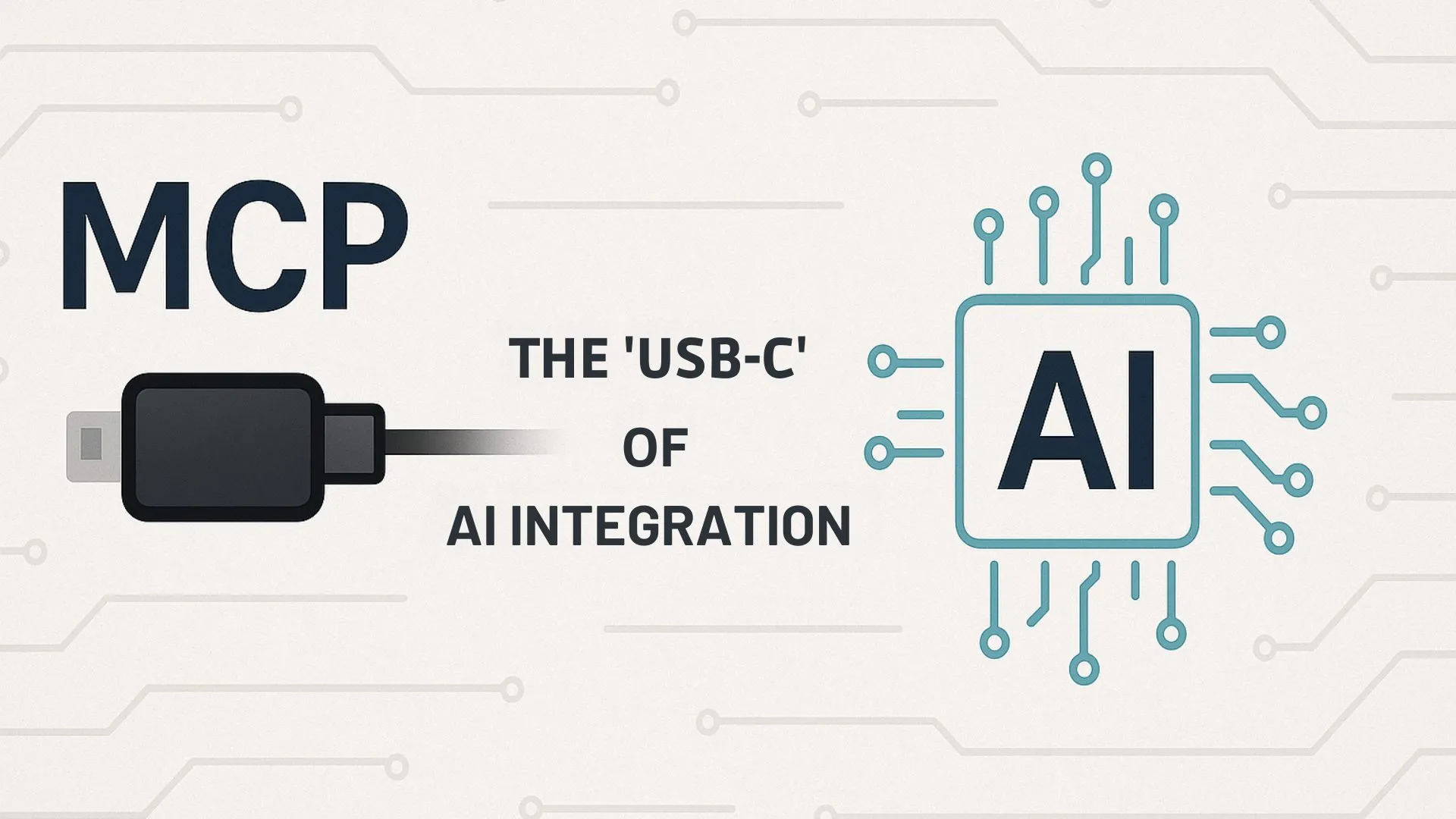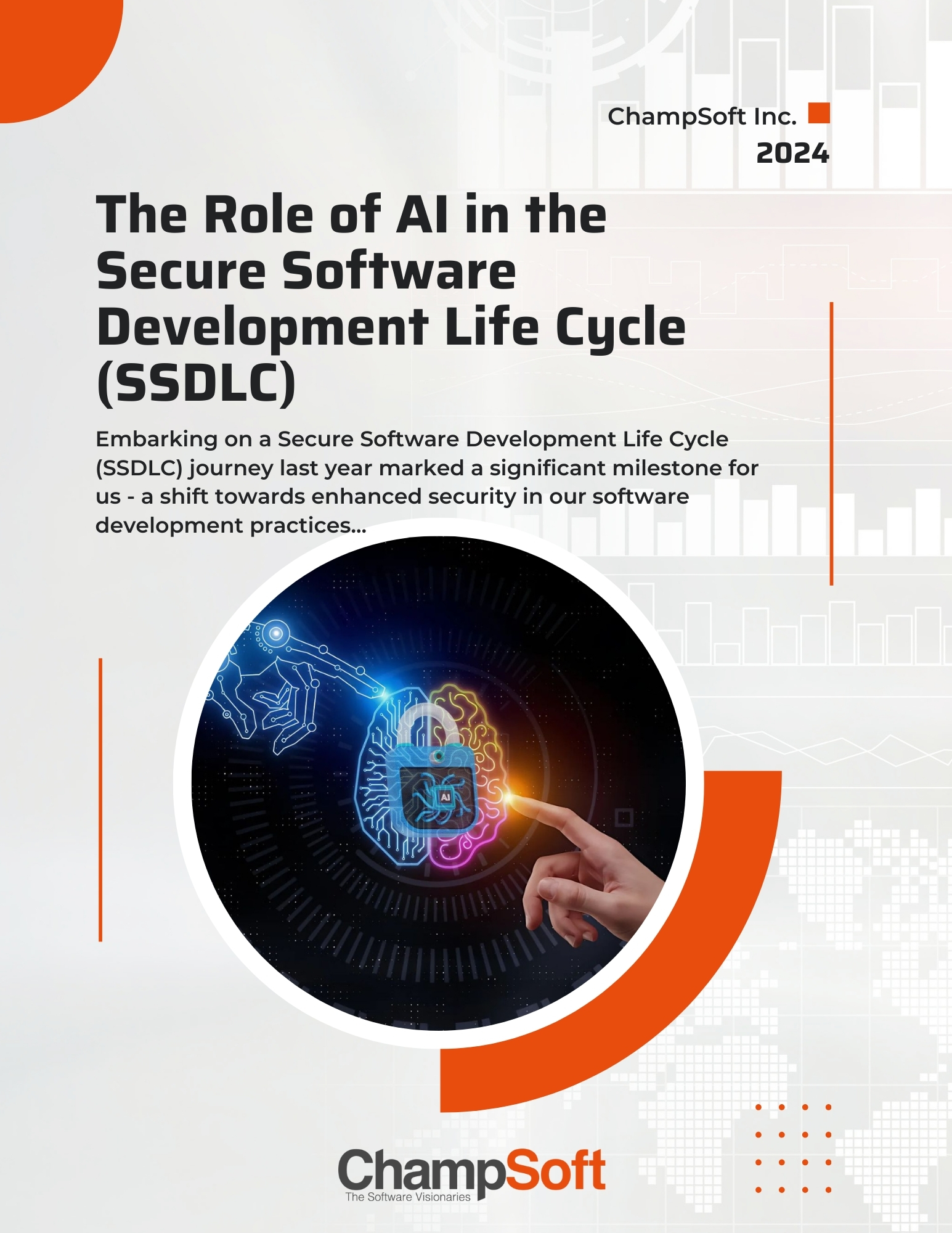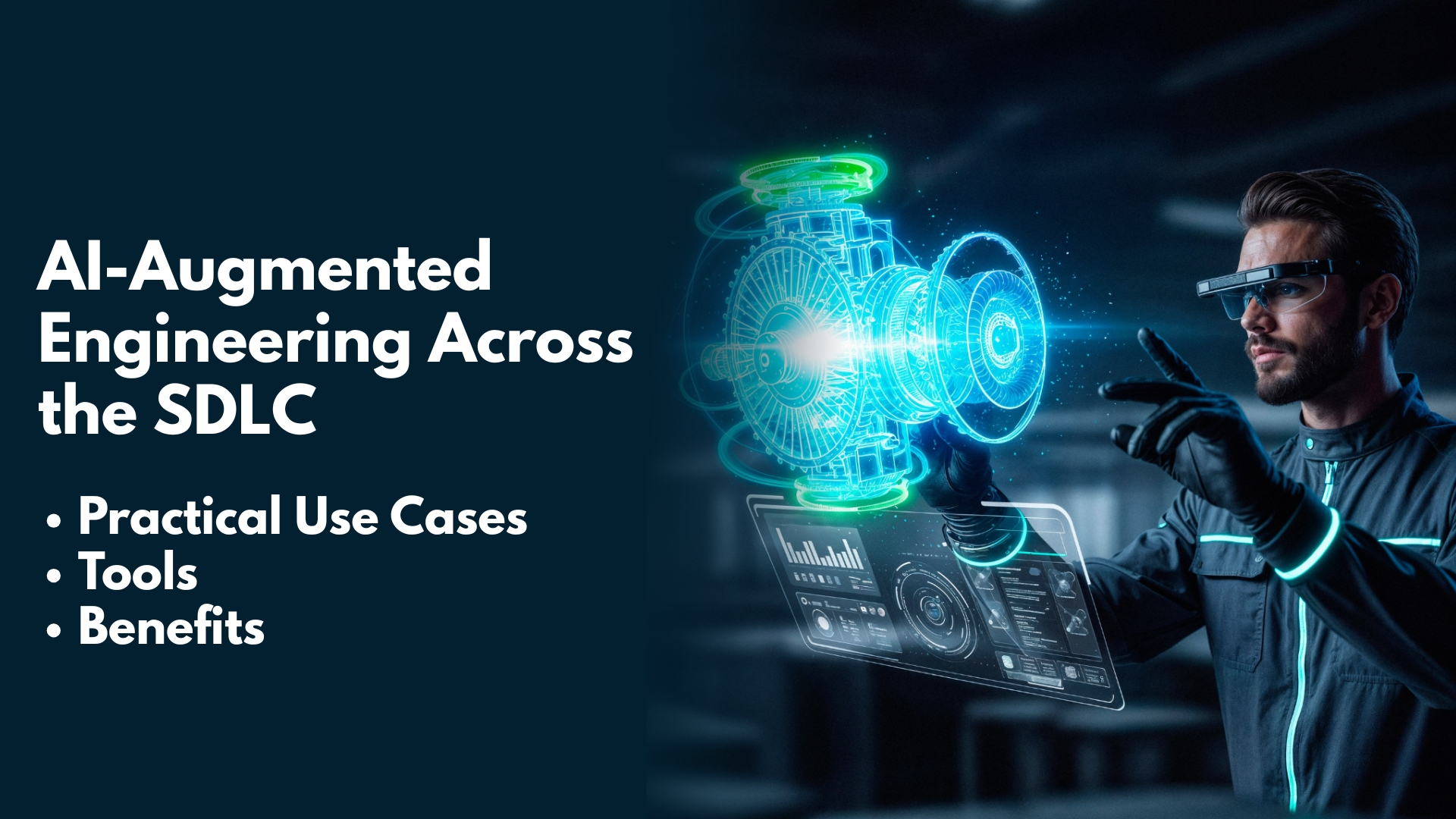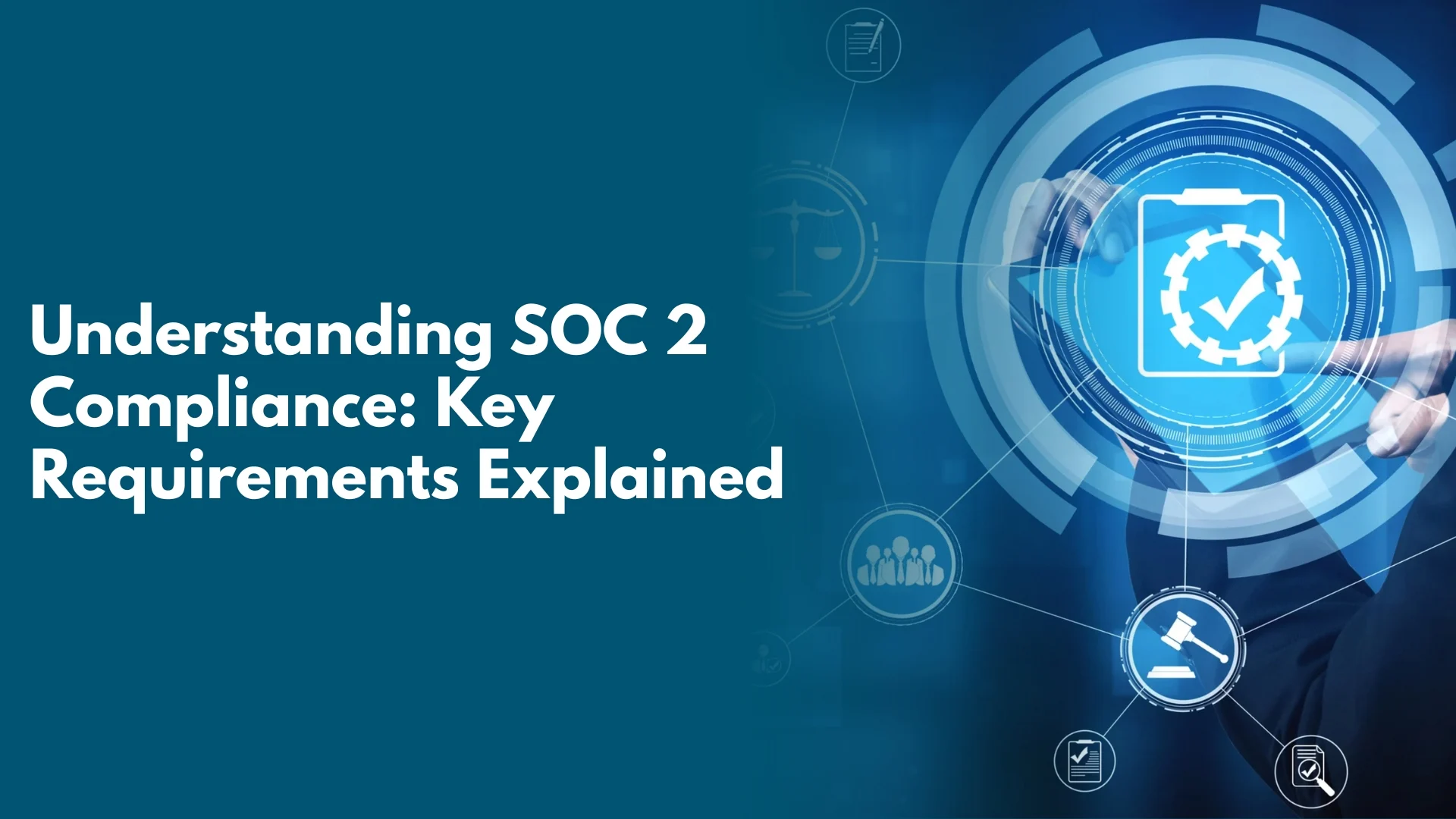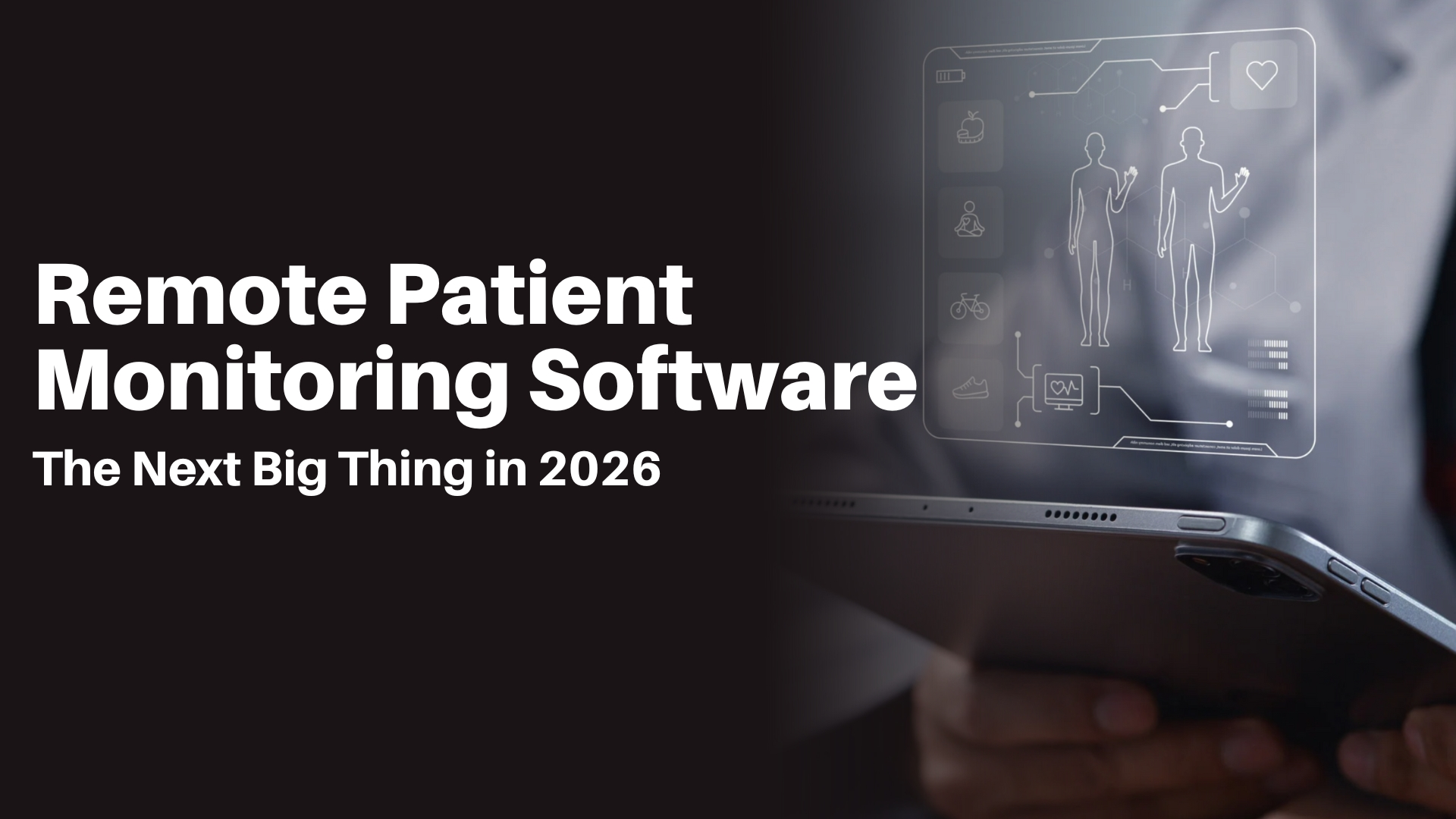Explore how the open Model Context Protocol standardizes AI tool interoperability, enabling agentbased systems, multiagent orchestration, and secure, composable AI workflows.
1. Why Every Model Needs a Common Plug
Plugandplay phone chargers only became effortless once most of us moved to USBC. The Model Context Protocol (MCP) aims to give AI systems the same blissful interoperability: connect once, collaborate anywhere. With every product launch—from Microsoft Copilot in Windows to Salesforce Agentforce—leaning on autonomous “agents,” the integration bottleneck has shifted from model quality to model compatibility. MCP tackles the fragmentation headon, offering a common port through which largelanguagemodel (LLM) apps, tools, and memory layers can talk without rewiring your stack.
2. What Is MCP?
Put simply, MCP is an open, JSONRPC–style protocol that standardizes how an LLM client discovers and invokes external tools, reads resources, and exchanges context with an MCP server. Think of it as USBC for AI: one slim connector that fits every device, whether you’re pulling a CSV from Snowflake or triggering a build pipeline. Originally incubated by Anthropic and now championed by Microsoft, SAP, Salesforce, and opensource communities, the spec lives in a public GitHub repo and evolves in the open.
3. Why Was MCP Created?
Early agent frameworks hardcoded bespoke “functioncalling” formats (OpenAI’s, Anthropic’s, Google’s, you name it). Each new tool implied another shim layer. As multiagent orchestration took off—think debugging agents collaborating with research agents—the glue code multiplied. By 2025 Microsoft’s CTO, Kevin Scott, was publicly calling for an “agentic web” powered by shared standards, citing MCP as the leading candidate.
4. How MCP Works (The 90Second Tour)
| Core Concept | What It Means | RealLife Analogy |
| Model | Your LLM or chat client | The person asking questions |
| Tool | A callable function with schema | A power drill in a toolbox |
| Memory | Optional persistent store (e.g., knowledge graph, vector DB) | A project notebook |
| Orchestrator | Router that decides which tool or model acts next | A foreman on a job site |
- Discovery – The client queries the MCP server’s /manifest and learns what tools/resources are available.
- Invocation – The client sends a POST /invoke with JSON arguments; the server executes, then returns structured results.
- Context Passing – Each call may include memory pointers so agents can share state across sessions.
The architecture deliberately mirrors web APIs so that any HTTPcapable stack can host or call an MCP endpoint. Extensibility is baked in: new tool types, transports (SSE, WebSocket), and auth schemes slot in without breaking older clients.
5. What MCP Enables
- Tool Use – Outofthebox servers expose calculators, SQL runners, and web browsers. A spreadsheetbot can now delegate a “convert €→$” task to a finance tool while a research agent scrapes news—all through the same port.
- Agent Coordination – Frameworks like SuperAgent and Agenspy (Agentic DSPy) treat MCP as the lingua franca for interagent chatter, letting specialized agents assemble into adhoc teams.
- Shared Memory – Projects such as OpenMemory MCP give every MCPaware tool read/write access to a local knowledge graph, so Claude can remember your project brief and Visual Studio’s Copilot can pick it up later.
6. RealWorld Examples
- Windows 11 now ships an Agentic Windows layer that natively speaks MCP, allowing desktop apps to register their own tools—imagine Notepad exposing a “summarizethisfile” function that any MCPclient can call.
- Visual Studio 2022 v17.14+ lets you plug a local or cloud MCP server into GitHub Copilot’s agent mode. Developers wire up bespoke DevOps actions (createbranch, runtests) in minutes.
- Salesforce Agentforce 3 integrates MCP for painless crosscloud automation—Sales, Service, and custom Apex tools become firstclass “functions” in any compliant agent.
- OpenSource Servers – Need a quick prototype? Grab mcpopenlibrary to search books, Ollama MCP to talk to local models, or Auth0 MCP for identity flows—no custom glue code required.
- Developer Platforms – OpenDevin and its academic cousin OpenHands embed MCP to let autonomous coding agents compile, run tests, and browse docs inside a sandboxed shell.
7. Security & Challenges
Standards attract attackers. Recent audits uncovered two headline issues:
- NeighborJack – Hundreds of public servers bound to 0.0.0.0, exposing internal tools to anyone on the same network.
- OS Injection / RCE – Missanitized subprocess calls allow hostile input to execute arbitrary commands, including a highprofile flaw in Anthropic’s mcpinspector demo.
Mitigations range from simple (bind to 127.0.0.1, employ JWT auth) to advanced (container sandboxes, syscall filters). Expect the next protocol revision to mandate stricter defaults and a formal capability model.
8. Why It Matters for the Future
MCP is bigger than any single vendor. By decoupling what an AI system can do from which model performs the reasoning, it unlocks a composable, collaborative ecosystem—just as HTTP did for web pages. Microsoft is now describing MCP as foundational for a memoryaware “agentic web,” and the opensource community is extending it to edge devices, databases, even industrial PLCs.
9. How to Learn More & Get Involved
- Read the spec – github.com/modelcontextprotocol/modelcontextprotocol for the TypeScript schema and JSON docs.
- Spin up a server – Clone modelcontextprotocol/servers for reference implementations (Open Library, AWS, Auth0, etc.).
- Join the conversation – The MCP Discord and GitHub Discussions are lively with RFCs, tooling ideas, and security best practices.
- Try a memory layer – mem0.ai/openmemory-mcp drops a local memory server in 60 seconds.
Wrapping Up
USBC won because it made life easier for everyone in the supply chain—from laptop OEMs to coffeeshop patrons hunting for an outlet. MCP is on track to repeat that success for AI, giving developers a dependable socket for every tool, every model, every memory store. Keep an eye on the spec, experiment with an open server, and—if you’re feeling brave—file an RFC. The future of interoperable AI is being molded right now, and the next great idea might come from your pull request.

